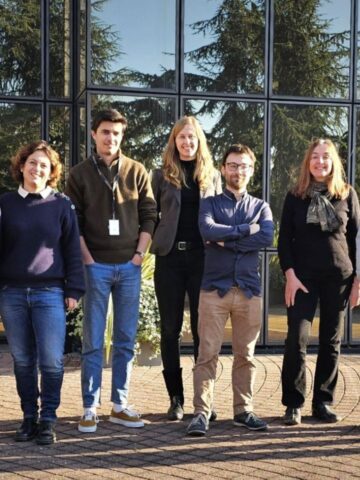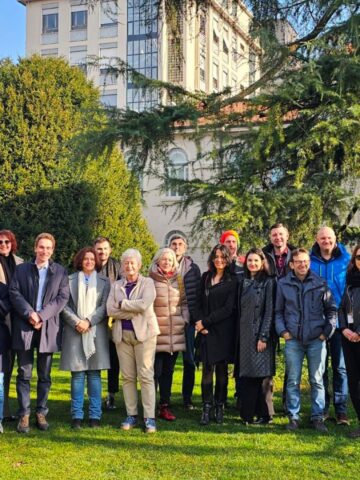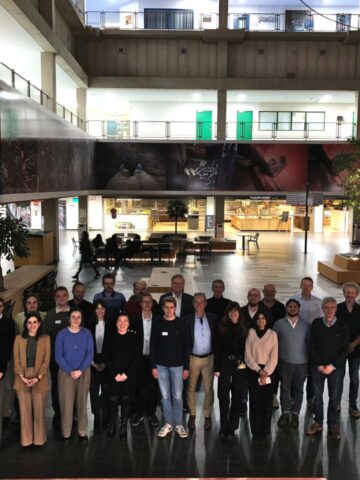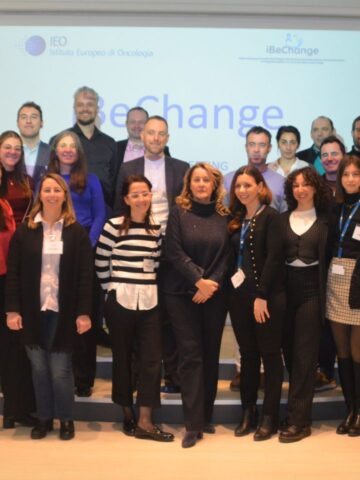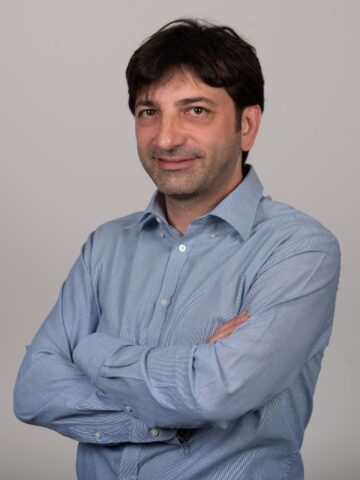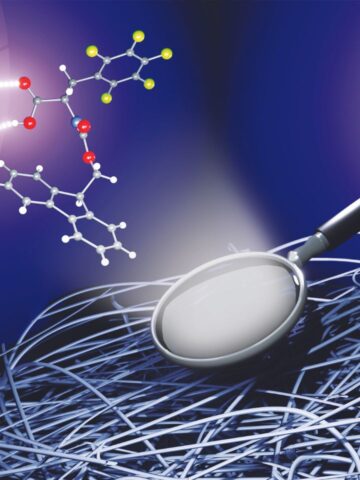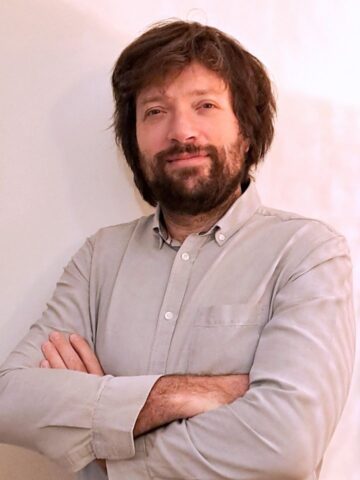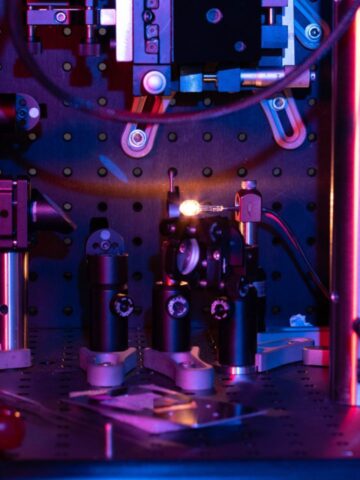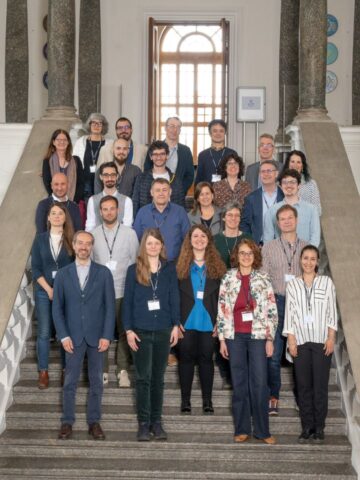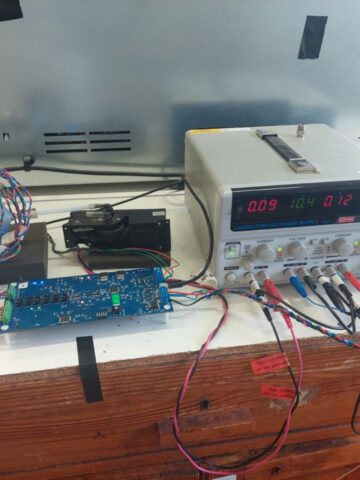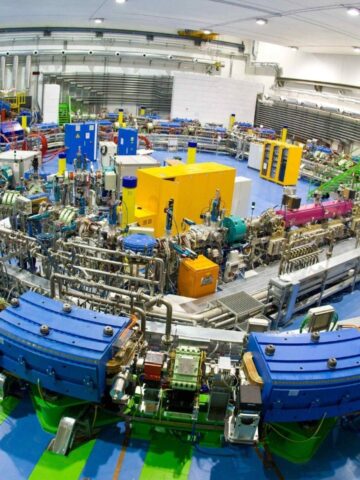A mathematical and computational model of the human heart, entirely developed at Politecnico di Milano and designed for studying coronary artery disease, is the focus of research published in the journal Nature Scientific Reports. The project was born from collaboration between the MOX lab of the Department of Mathematics and the LaBS of the Department of Chemistry, Materials and Chemical Engineering ‘Giulio Natta’ of Politecnico di Milano, and now presents the results of the iHEART Simulator.
iHEART Simulator is the result of years of research within the iHEART (Integrated Heart) project funded by the European Union through an ERC Advanced Grant, directed and coordinated by Professor Alfio Quarteroni.
What makes iHEART Simulator unique is its ability to combine the complex processes of electromechanics, haemodynamics and cardiac perfusion into a single platform. This level of integration offers unprecedented biophysical accuracy in the simulation of heart function and related diseases.
One of the most innovative aspects of this study is the application of this model to the analysis of coronary artery disease, such as ischaemia and acute myocardial infarction. Thanks to the iHEART Simulator, researchers will be able to study these diseases in a more detailed and accurate manner, paving the way for new therapies.
In collaboration with the IRCCS Ospedale San Raffaele di Milano and Humanitas Research Hospital in Milan, the iHEART project has also developed mathematical models to understand cardiac arrhythmias such as ventricular tachycardia or atrial fibrillation. In addition, increasingly faster algorithms are in an advanced developed phase; they will allow to speed up the surgery decision-making process.
In collaboration with Ospedale Sacco di Milano, a model was also developed to guide cardiac surgeons in removing part of the interventricular septum to treat hypertrophic obstructive cardiomyopathy. Mathematical simulation is part of the pre-operative phase, and has been considered by doctors as an effective guidance tool for this delicate surgery.
In collaboration with Ospedale Santa Maria del Carmine in Rovereto (Trento province), a mathematical tool was created to optimise cardiac resynchronisation therapy. This reduces the time for mapping the left ventricle, which is necessary for implanting a resynchronisation device, and thus also reduces the patient’s exposure time in invasive treatments.
The results of this study were presented in a Plenary Lecture by Professor Quarteroni at ICIAM 2023 Conference in Tokyo, where he was awarded the prestigious Lagrange Prize by the International Council for Industrial and Applied Mathematics (ICIAM).

